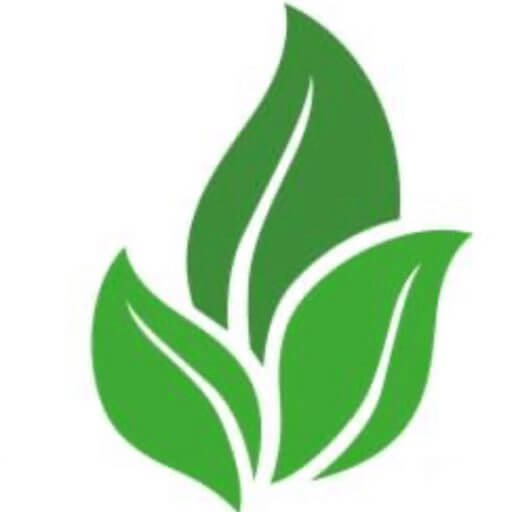Click here to download one of our trial results in Thailand



Thailand
Agricultural Sector
The agricultural sector in Thailand accounts for 9.9% of the GDP and involves 49% of the total labour force. The economic growth recorded by the country in the 1970s and the early 1980s was owed mainly to the steady expansion of the agricultural sector. The sector not only provided for domestic food demand but also produced substantial surpluses of some commodities for export. With 20.4 million hectares of farmland, Thailand relies heavily on agricultural sector (ESCAP). Rice is the major crop grown and Thailand is the world’s biggest rice exporter. Other crops grown in the country include: rubber, sugarcane, cassava, fruit, cashew nuts, corn, tobacco, cotton, cocoa, peanuts, soybeans, medical plants, dairy, and fishery products. Fresh flowers, especially orchids, are important exports. The land use is divided as follows: arable land 27%, permanent crops 7%, other 65% (FAO, 2006).
Brief overview of organic farming
According to IFOAM & FiBL (2006), there are 13.900 hectares of land under organic management, with a share of total agricultural land of 0.07% and about 2,500 organic farms operating in the country in 2003. Some successful initiatives promoted the expansion of organic agriculture. Although both the domestic market and exports have been growing slowly in the last few years, Thai organic agriculture expanded rapidly and seems to reach a take-off stage. Most organic products are exported to Europe and the USA, but growing concerns on healthy food among Thai consumers further contributes to an expanding demand on organic foods. In 2005, the Thai organic market was valued at US$23 million, up from US$9.4 in 2002 (ITC, 2006).
Brief overview of key organic products
The main certified organic products from Thailand are rice, and vegetables. There is also production of cotton, soybeans and shrimps. Almost all certified organic products are currently exported with only a small amount sold in domestic market. The domestic market for certified organic products is estimated to be slightly below US$ 1 million, the non-certified and health food market is estimated to US$ 75 million (UNEP/UNCTAD, 2006)
Visit the country profile on FAO
Source: Intracen












